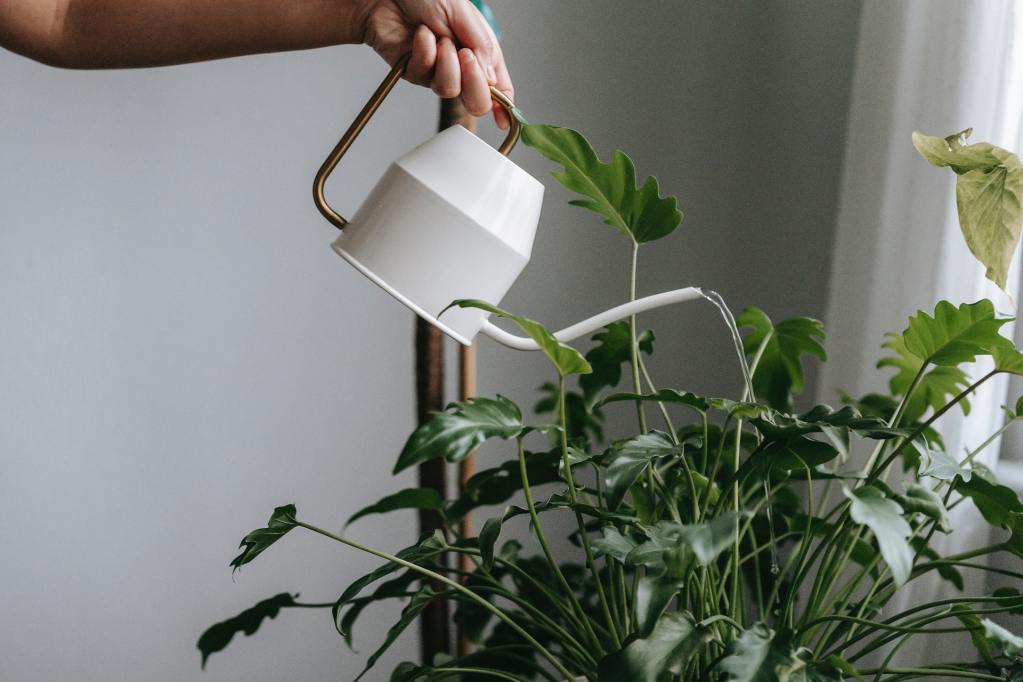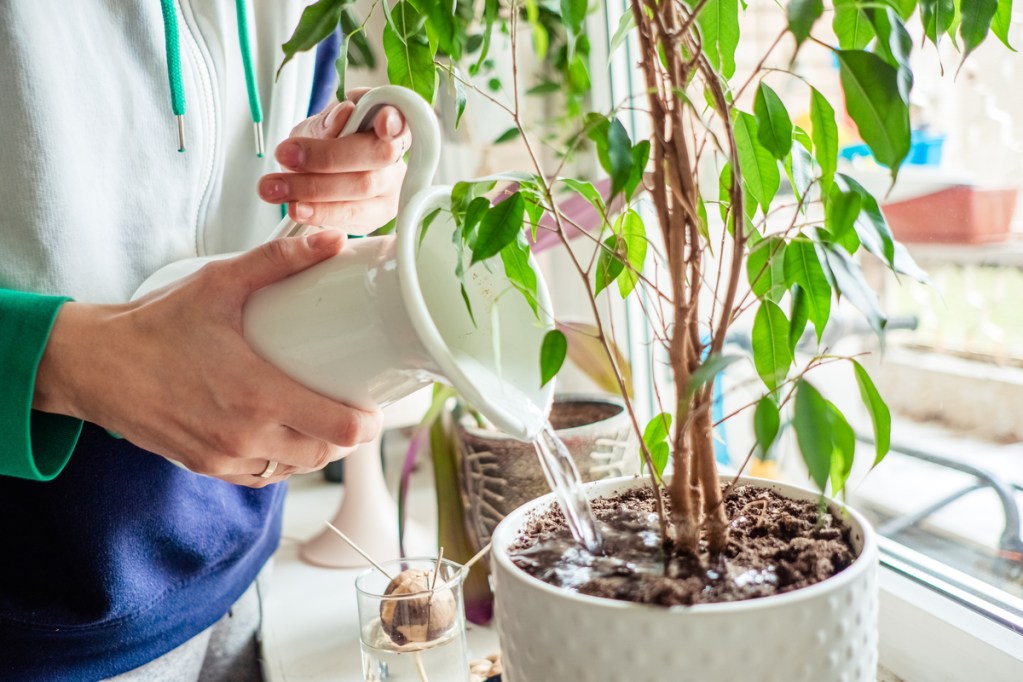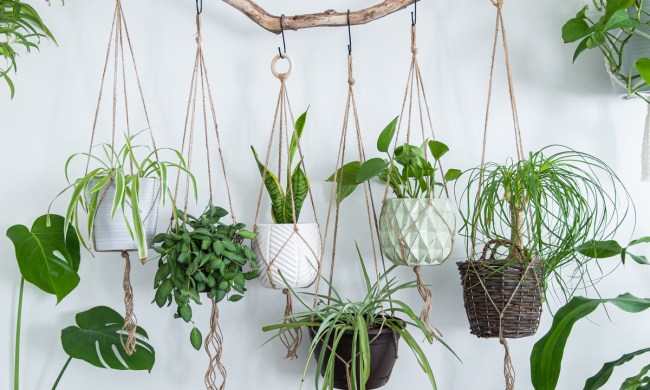While some plants are more drought tolerant than others, all plants need some amount of water to survive. The type of water you use can be impactful, since some plants are sensitive to the minerals and chemicals found in tap water, and the temperature of the water matters, too, as cold water can shock plants. Did you know that the time of day you choose to water your garden can also have an impact on your plants’ health? Here’s everything you need to know about the best time to water plants, and why it matters.
The best time to water outdoor plants

The best time to water your outdoor plants is early to mid-morning. This leaves plenty of time for the water to soak into the soil and for your plants to begin absorbing it themselves. It also allows for any water left on the plants’ leaves to evaporate or drip away before it gets too hot. While you should try your best to avoid getting your plants’ leaves wet when watering them, it isn’t always possible if you’re watering a large garden. Watering during the morning helps mitigate some of the problems associated with wet foliage, although fungal infections can still be an issue.
If you can’t water your garden in the morning, the second best time to water plants outdoors is the late afternoon. Aim for around 4 p.m. or 5 p.m., after the hottest part of the day has passed, but before the sun goes down. This isn’t the best time, since, depending on the season, night could fall too quickly, leading to damp plants overnight. However, it is still a viable option, especially during spring and summer.
When to water indoor plants

Indoor plants have a bit more flexibility when it comes to when you water them, but morning is still far and away the best time to water them. Being in a more controlled environment means you have less to worry about when it comes to heat and fungus, but sunlight and time both still play a role in watering your plants. It takes time for plants to absorb water through their roots, and watering them in the morning means they’ll have plenty of time to absorb the water before it evaporates in the bright afternoon sun.
Similarly to outdoor plants, the second best time to water plants indoors is the late afternoon. However, your indoor plants that are growing in the shade can also be watered during the mid-afternoon. Since they aren’t exposed to the brighter, more intense afternoon sun, indoor shade plants can be watered at that time.
The worst times to water your garden and plants

Late evening and night are the worst times to water your garden, whether indoors or out. This is because the lack of sunlight and cooler temperatures lead to slower evaporation, which means your plants will stay damp for longer. This can lead to several problems, including fungal infections and potential frost damage.
You may be wondering, what about the rain? Sometimes it rains at night, and your garden seems fine afterward, so what’s the problem? Well, staying damp overnight occasionally may not cause any issues. However, the risks increase if you’re watering your garden consistently. Additionally, while you may not spot any issues right away after a night of rain, most fungal infections are more common during rainy seasons.
The second worst time to water your plants is in the middle of the day when the sun is at its hottest and most intense. There are two primary reasons for this. First, the water may evaporate before your plants have a chance to absorb as much of it as they need. Second, water can focus sunlight. If there are drops of water on your plants, the rays of the sun can be concentrated through them, leading to an increased risk of sunburns.
Does it depend on the season?

When you should water your plants can change slightly from season to season. While the main points — morning being the best time and night being the worst — do not change, some smaller adjustments should be made. During late fall and winter, when the weather is cold, early morning waterings can result in more frost or even small amounts of ice forming on the soil, depending on the temperature. Moving your morning watering so that it’s slightly later in the morning gives the soil a chance to warm up, even if it won’t warm up too much. This can be as simple as watering at 10 a.m. instead of 8 a.m.
Additionally, late afternoon waterings can be further in the summer, but should be earlier in the fall or winter. Since the days are longer in the summer, you have more time to water your garden before sunset. In fall or winter, there is less time, so scheduling is more important.
Now that you know the best time to water plants, indoors, outdoors, and in any season, you’re prepared to schedule your gardening routine in a way that works best for you and your plants. Figuring out when to water your plants, how often to water them, and what the best technique is can be tricky. Luckily, now you have all the info you need.




